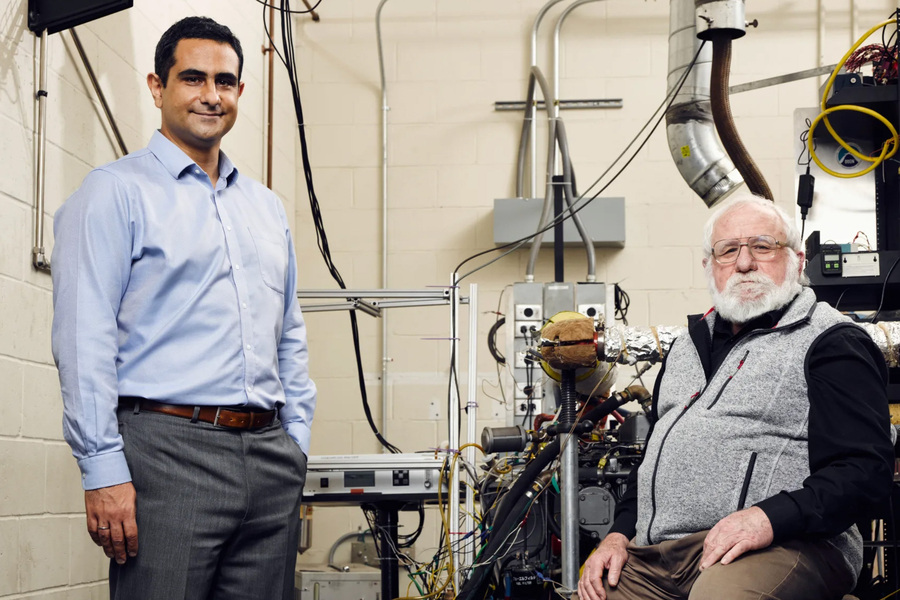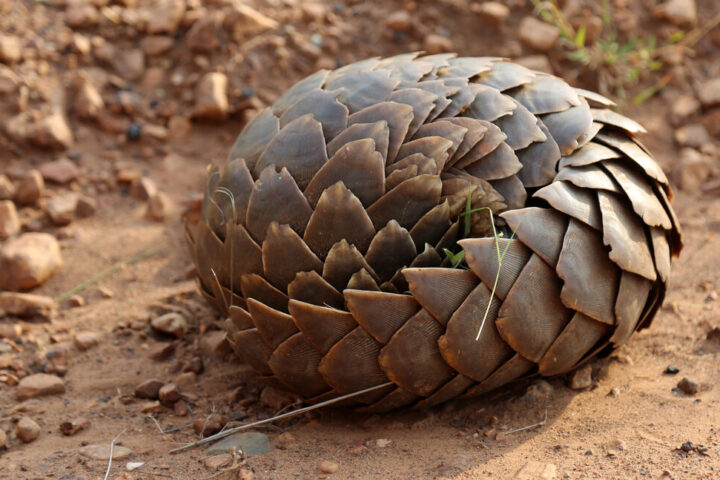Polynesian storm petrels (Nesofregetta fuliginosa) have returned to Kamaka Island in French Polynesia, marking their first appearance in over 100+ years. This rare seabird species, with only 250-1,000 individuals remaining worldwide, was driven to local extinction by invasive rats that preyed on their eggs, chicks, and adult birds.
The restoration project tackled the rat problem using innovative drone technology. ENVICO, an Aotearoa New Zealand-based drone company, executed over 600 flights to distribute rat poison across the 0.5-square-kilometer island. The operation succeeded where a 2015 attempt had failed due to the island’s challenging terrain.
“A majority of extinctions occur on islands with invasive species, rats as a primary cause,” explains Sally Esposito, strategic communications director at Island Conservation. The organization confirmed no native species were harmed during the rat removal process, as Kamaka Island has few land birds and no small mammals susceptible to the rodenticide.
After rat eradication, conservationists employed solar-powered speakers playing recorded bird calls from the nearby Manui Island colony, located 800 meters away. The team also constructed artificial burrows with monitoring cameras and modified the habitat based on studies of the birds’ nesting preferences on Manui Island.
“This remarkable progress brings hope for the future, as the Polynesian storm petrels reclaim their island home,” states Tehotu Reasin, landowner of Kamaka Island. “These seabirds bring critical nutrients from the ocean to the island, which cascades down into the surrounding marine environment, benefiting fish and corals.”
More Stories
Camera monitoring revealed gradual increases in storm petrel activity throughout 2023. Thomas Ghestemme from the Ornithological Society of Polynesia (SOP MANU) reports, “Polynesian storm-petrels began visiting at the start of the nesting season and became regular visitors, while also spending time in the nest boxes.” However, nesting confirmation remains pending, with observations showing only single birds visiting the site.
The Mangareva community’s participation proved essential. Richard Griffiths, head of operations for the South and West Pacific at Island Conservation, states, “We simply could not have completed the Kamaka project without their time, skills, expertise, and relentless energy.
“This initiative forms part of the Island-Ocean Connection Challenge, which aims to restore 40 island ecosystems by 2030. The project’s success demonstrates how targeted conservation efforts, when combined with local knowledge and advanced technology, can help protect endangered species and restore island ecosystems.


















